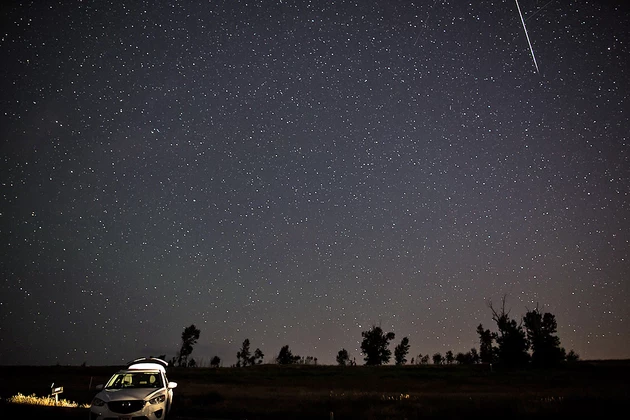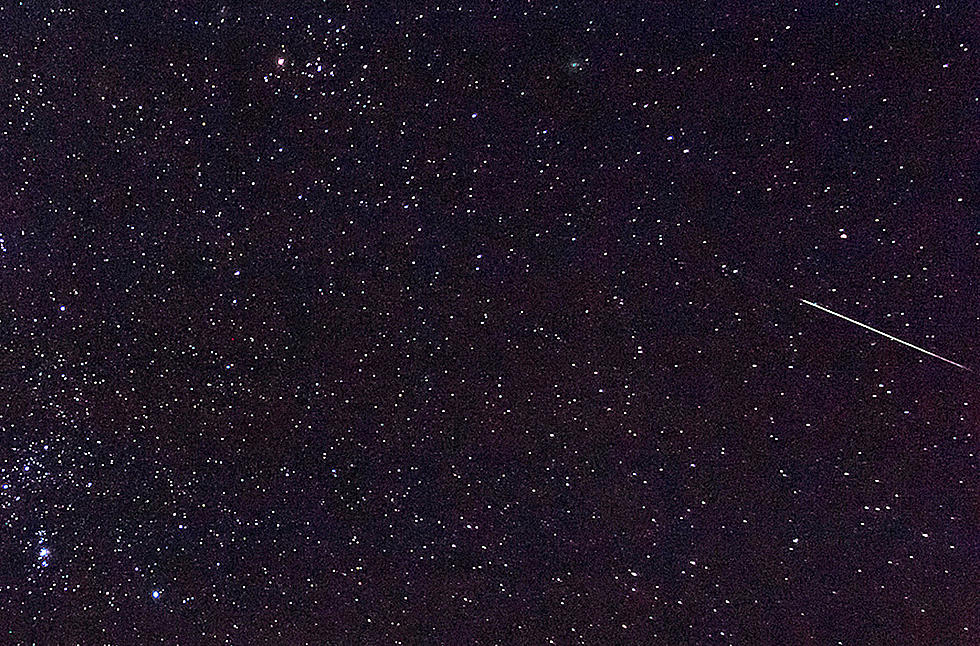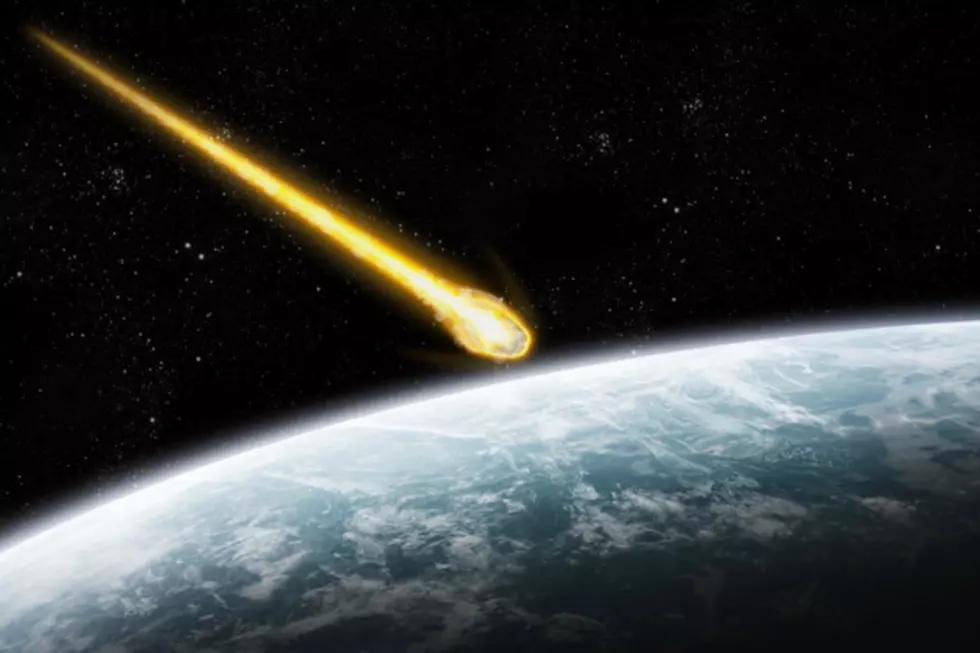
Perseids Meteor Shower Reaches Peak
The bright, waxing Moon spoiled many meteor watchers' views of the annual Perseids meteor shower this week. Full Moon is Thursday, August 15, and the peak of the shower was Tuesday morning, August 13. However, as the Moon edged toward the Bitterroot Mountains, more meteors could be seen. Earlier reports put this year's activity at about 50 meteors an hour.
Earth passes through debris from the giant Comet Swift-Tuttle, which left lots of tiny particles on its trip through Earth's orbit. Those grains of sand and rock fall into and burn up in the upper atmosphere, creating streaks of light. The comet, by the way, doesn't come by Earth very often - once every 133 years. The last time was December 11, 1992. So, humans won't be seeing it near Earth until 2126. But the "crumbs" it left behind will be falling into our planet's atmosphere every year in August.
More From 94.9 KYSS FM







